#marine mollusk
Text

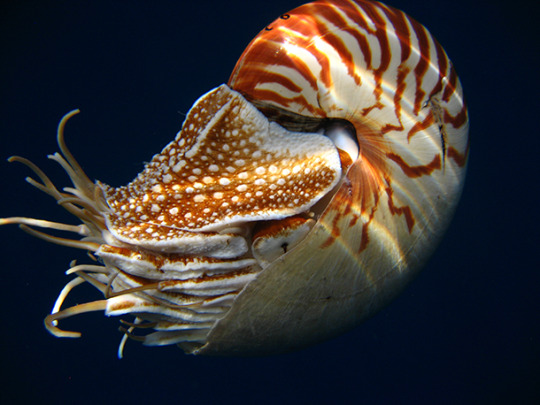
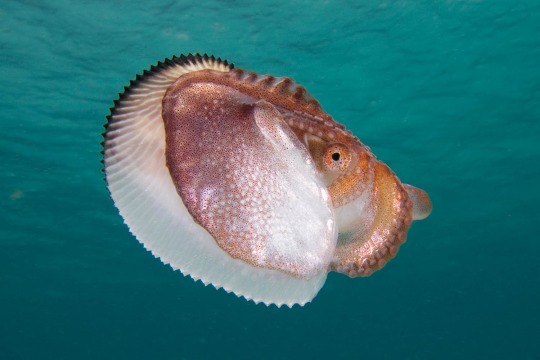
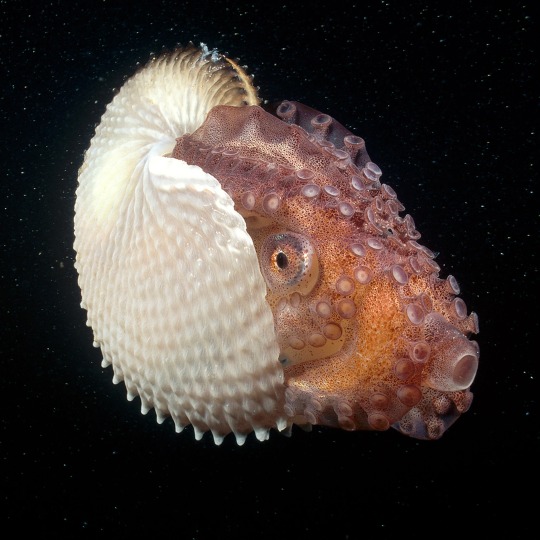



Nautilus Appreciation 💙
#beauty under the waves#sea#ocean#underwater#marine wildlife#ocean life#saltwater#marine creatures#sea creatures#sealife#nautilus#marine mollusk#cephalopods#animal#marine animal#marine biology#beautiful#photography#ocean lover#animal lover#sea lover
924 notes
·
View notes
Text
youtube
Cuttlefish Hypnotizes Prey
#cuttlefish#cephalopod#marine mollusk#mollusk#david attenborough#bbc#bbc earth#blue planet#YouTube#nature#ocean life#predator
29 notes
·
View notes
Text

The Horrid Dorid
6K notes
·
View notes
Text
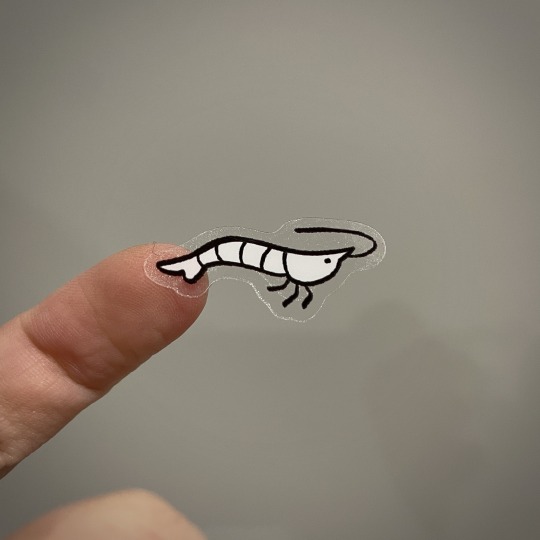
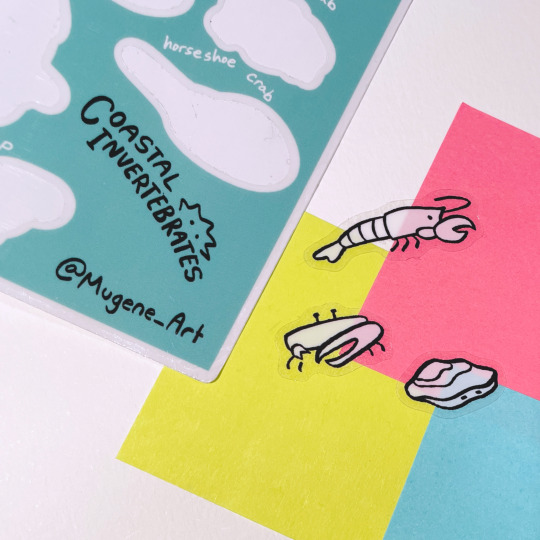

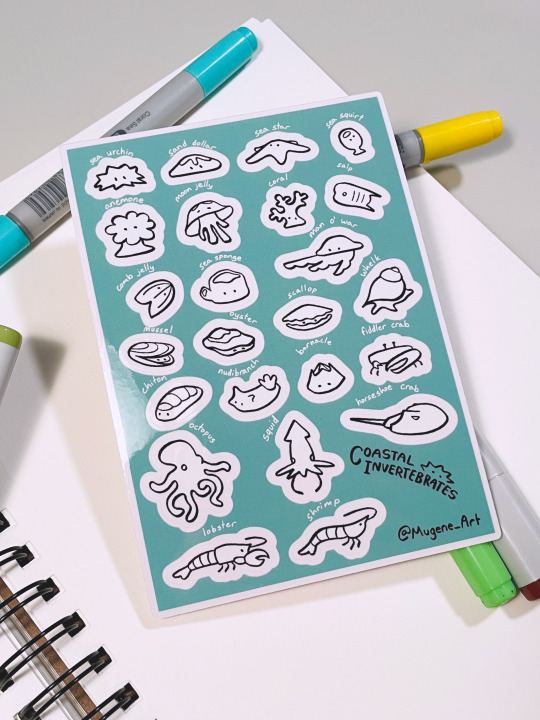
#marine invertebrates#marine biology#invertebrates#shrimp#horseshoe crab#nudibranch#coral#squid#sea anemone#cnidarians#echinoderms#crustacean#mollusk#molluscs#tunicate#sea creatures#sea animals#biology#sticker sheet#stickers#clear stickers#artists on etsy#artists on tumblr#mu's wares
783 notes
·
View notes
Photo

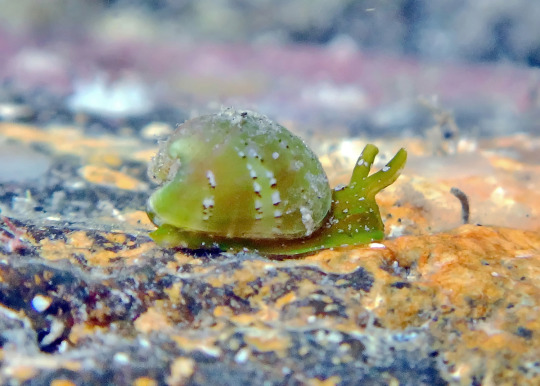
Snails in the genus Julia have a bivalved shell, like a clam!
Even though they have a clam like shell, with 2 sections, they are in fact snails (class Gastropoda). Julia are marine snails, found throughout the Indo-Pacific. There are 6 species which are various shades of green. They are tiny, only reaching a length of up to 6 mm long. These snails feed on algae, and incorporate the chloroplasts from the algae into their bodies. Some of the chloroplasts remain photosynthetic, and the snails are able to feed on the products of this photosynthesis. This process is called kleptoplasty.
Photos: Julia sp. from Australia - profmollusc | Inaturalist cc; Julia exquisita from Reuinion Island - Alexandre LaPorte | Wikipedia cc
7K notes
·
View notes
Text
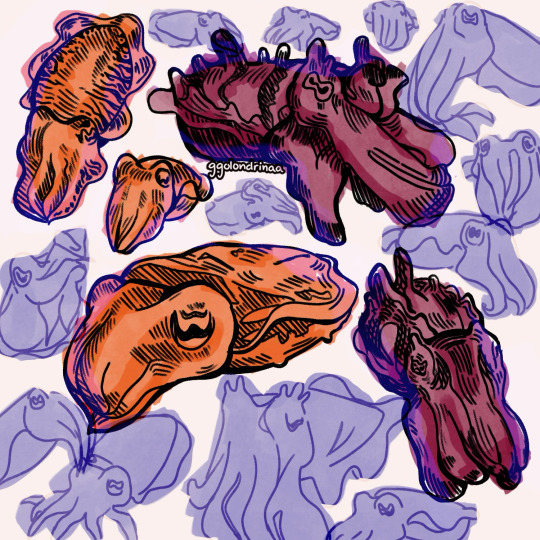
hey... guess what my favorite animal is... i bet you can't... cmon.... just guess... guess what it is.... have you guessed yet?
#pls follow me if you love cuttlefish i wanna be friends#my art#cuttlefish#sepia#sepiidae#marine life#marine biology#animals#favorite animal#mollusca#molluscs#mollusk#cephalopods#cephalopod
509 notes
·
View notes
Text
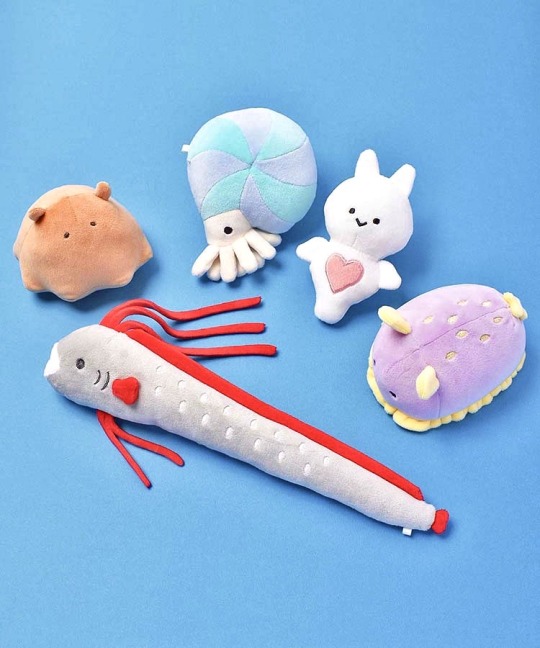
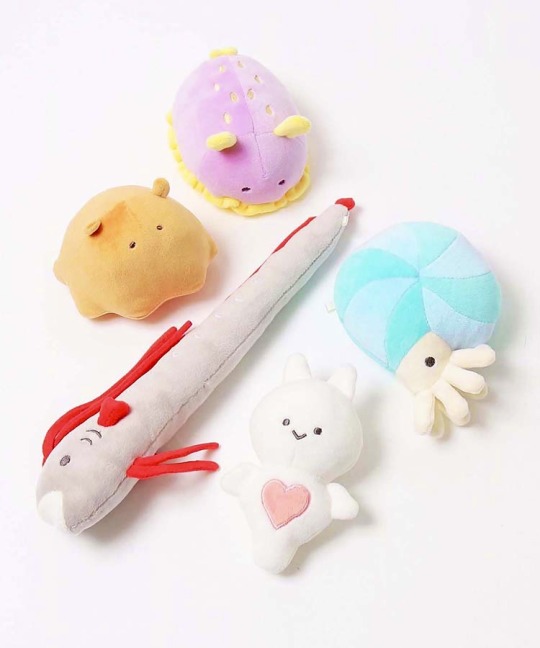
bleu bleuet gyogyogyo deep sea mascots ✨
#oarfish#ammonite#clione#nudibranch#mollusk#plushie#bleu bleuet#deep sea creatures#marine#sea slug#nudibranch plush#gastropods#sea angel#plushcore#kidcore#toycore#plushblr#plush#best#gastropod
9K notes
·
View notes
Text
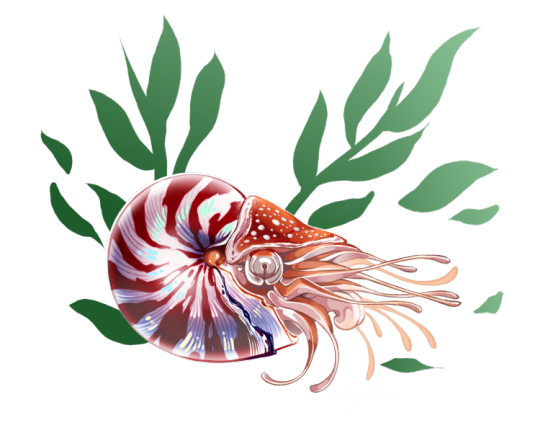
nautilus (he's transparent also)
266 notes
·
View notes
Text

Purple sea snail
By: James W. LaTourrette
From: The Fascinating Secrets of Oceans & Islands
1972
#purple sea snail#marine snail#snail#gastropod#mollusk#invertebrate#1972#1970s#James W. LaTourrette#The Fascinating Secrets of Oceans & Islands
269 notes
·
View notes
Text
Wet Beast Wednesday: chitons
For last week's Wet Beast Wednesday I talked about a weird invertebrate whose name starts with "c" so this week I'm gonna branch out from that and talk about a weird invertebrate whose name starts with a "c". Chitons are marine mollusks of the class Polyplacophora that bear a resemblance to limpets, but have a segmented shell that allows for more flexibility. They are named after a form of clothing worm by the ancient Greeks.
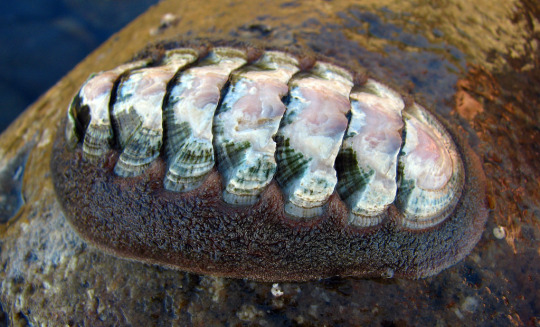
(image id: a chiton. It is an oval animal with a flat shell composed if 8 overlapping green and white plates. Surrounding the shell is brown, soft tissue)
Chitons are similar in appearance and ecology to limpets, though they are not closely related. The shell of a chiton is made of 8 plates called valves. Valves are the name of any mollusk shell that is divided into multiple pieces. Most mollusk shells are made of one continuous piece and the only ones that have valves are the chitons, bivalves, and a few weird snails. The valves of a chiton overlap slightly, allowing for flexibility while still giving protection. Chitons can curl up into balls and flex backwards to move over concave surfaces that limpets wouldn't be able to. The valves are imbedded in and held together by a thick, muscular ring called the girdle that encircles the body. In most species, only the sides of the valves are covered by the girdle, leaving the rest exposed to the water. A few species cover more or all of the valves with the girdle. When a chiton dies and the girdle decays, the valves will separate. Individual valves sometimes wash up on beaches and are called butterfly shells due to their v-shaped appearance. The shell is used for defense. Chitons can curl up in a ball when not attached to a rock. If one is attached to a rock, it can suction on, presenting predators with no good way to attack its soft underbelly. Some species have spikes, bristles, or other ornaments on their valves and girdles that can provide additional protection.
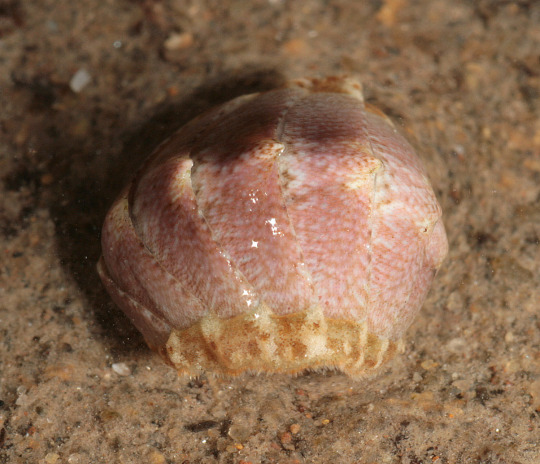
(image: a chiton curled up into a ball. Its plates are pale pink and its girdle is white and brown)
Underneath the shell, the chiton's body is soft. It consists largely of a muscular foot that is used for movement. To either side of the foot is the mantle cavity, which consists of channels filled with gills that water is pulled through. There is no distinct head, but a mouth is present on the front end. Inside the mouth is the radula, a tongue-like appendage that is covered in teeth. The teeth are special because they are coated in magnetite, a very hard magnetic mineral that has iron as one of its main ingredients. While the metal is used to reinforce the teeth and keep them from wearing out (in fact, the chiton Chaetopleura apiculata has the hardest teeth of any known animal), it may also be used for magnetoreception. This is when an animal can sense magnetic fields. It is possible that the magnetic teeth of chitons can sense the Earth's magnetic field and help with navigation and migration. Most chitons are herbivores or omnivores that feed on algae, bryozonans, diatoms, and other tiny rock-dwellers by scraping at rocks with their radulae. Some are carnivores that target barnacles and can even eat small crustaceans and fish. They often hunt by holding the front ends of their girdles up in the water. Should an animal mistake it for shelter, the chiton will clamp down on them. Food is forced through the esophagus by a current of mucus moved by cilia.

(image: the underside of a chiton. it is oval and orange all over. Two groves filled with brown gill filaments go down each side of the body, encircling a central foot. The mouth is visible as a small hole on one end)
When it comes to senses, chitons have a few options. Like their gastropod cousins, chitons have a chemosensory organ called the subradular organ used for smell and their feet and girdles are full of sensory nerves. They also have special organs called aesthetes. These consist of light-sensing cells that are just below the surface of the shell. The aesthetes are not true eyes, only being able to distinguish light from dark, though they can tell the difference between a shadow and the effects of clouds moving over the sun. Some species use collections of aesthetes to form simple eyes called shell eyes. Unlike the aesthetes, the shell eyes can form images, though Chitons do not have nerve structures needed to form a high resolution image. Shell eyes are distinct from those of any other animal in their structure. Most animals have eye lenses made of protein-based structures, but chiton lenses are crystalline, made of aragonite, the same material that makes up the shell of most mollusks. Each shell eye is compound. The shell eyes are almost certainly used for predator detection. Fossil chitons have been found dating back to the Cambrian period. but shell eyes have only been found in fossils from less than 10 million years old. This likely makes chitons the most recent animal group to have evolved true eyes. Chiton eyes have also been found to work both in water and air, which is tricky due to the way light travels differently through both mediums.
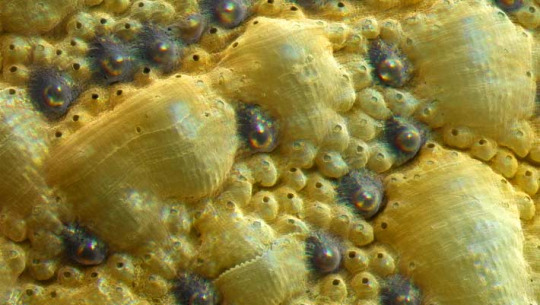
(image: a close-up of a chiton's shell showing the eyes. The shell is yellow and lumpy with the eyes visible as darker, almost black lumps)
The majority of chitons live in intertidal or sub-tidal areas, making them a shallow water group. A few species have been found living in much deeper water, up to 2,000 meters down. Chitons have been known to have homing behavior as they will consistently return to a safe spot after feeding. How they do this is unknown. Sensing the magnetic field of the Planet may play a role, though it is also possible that they lay down chemical trails to find their way home. Chitons are broadcast spawners, with both males and females releasing gametes into the water. Larvae can swim for a while before moving to the substrate.

(image: microscope images of a chiton larva at 4 different developmental stages. It begins as a round blob ringed with hair-like cilia. As the animal develops the cilia recede and the animal elongates, with a distinct foot becoming visible. source)
I will close by bringing up an animal I only learned about recently but has rapidly become one of my favorite weird beasts. This is Cryptochiton stelleri. Its common name is the gumboot chiton, but some people call it the wandering meatloaf, which is objectively the best name ever. It is the largest chiton, growing up to 36 cm (14 in) and 2 kg (4.4 lbs). Its girdle completely covers its shell, which does make it look more like a meatloaf. They can live up to 40 years and are the first known animals to have the mineral santabarbarite in their bodies. They live throughout the north pacific and have been used as a food source by many different cultures. There may be a lot of bad stuff in the world, but if things get too bad, just remember that we live on the same planet as an animal called the wandering meatloaf that can live for 40 years and has a tongue covered in magnetic teeth.

(image: a wandering meatloaf. It is an ovoid animal with red-orange tissue covering the body. Its shell is not visible, but the ridges where each plate overlaps can be seen through the girdle)
#wet beast wednesday#chiton#wandering meatloaf#gumboot chiton#mollusk#molluscs#marine biology#biology#zoology#ecology#animal facts#marine animals
432 notes
·
View notes
Text
Updated my site's Cephalopod page for the first time in about a decade, adding some of the things I've learned about since then or even brand new scientific discoveries. Which things are new?!? It doesn't matter if most of you have never seen this article anyway! I don't like to timestamp my pages or their updates! I like them in a timeless void!!!!
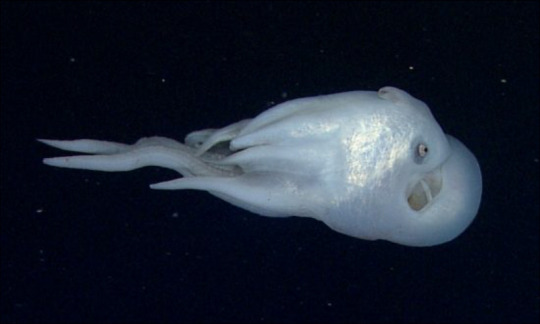
Look at this thing, do you even know what this is?! If you don't then you will if you click the link.
322 notes
·
View notes
Text
Behold, for there are Sea Butterfly’s afoot 🌊 🦋 🐌


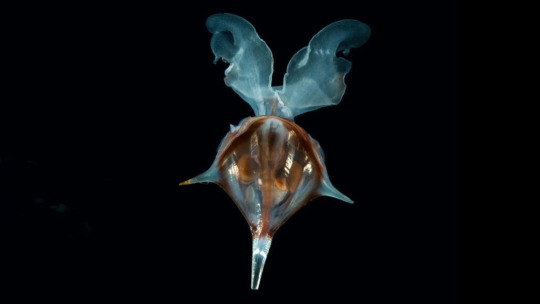





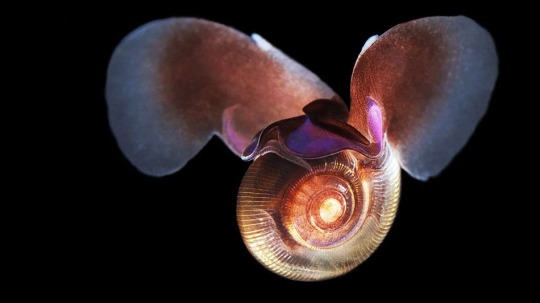

📷 source: X
#ocean#marine biology#sea life#marine science#biology#ocean life#there are many benefits to being a marine biologist#sea animals#marine life#marine creatures#fish#oceanposting#fishposting#underwater#aquatic life#ocean animals#sea creatures#sea critters#gastropods#mollusks#sea butterfly#gastropoda#molluscs#mollusca#ocean creatures#deep sea#oceanography#love to sea it#supernatural#scifi
1K notes
·
View notes
Text
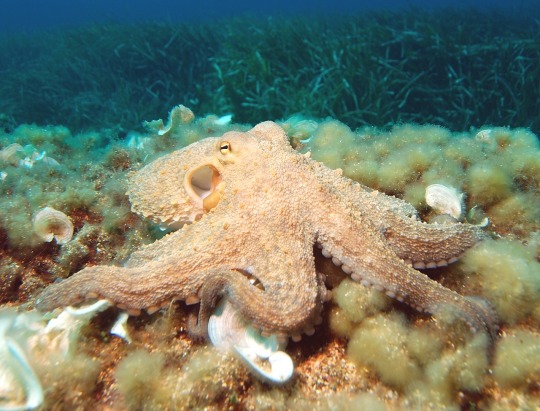
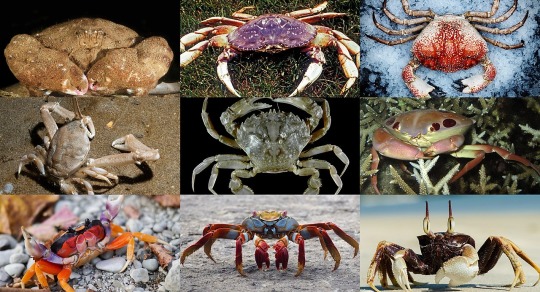
#polls#tumblr polls#poll#tumblr poll#invertebrates#nature#nature polls#animals#ocean#sea creatures#sea life#sea animals#marine animals#marine biology#marine life#octopus#crab#cephalopod#mollusk#crustacean#arthropods
173 notes
·
View notes
Video
“ SPIROCODON SALTATOR “ // © Igor Adameyko
This is the hydrozoan jellyfish Spirocodon saltator! It is the only species of its genus and is found in the North-West Pacific Ocean!
This individual was found in the waters of Fukushima, Japan
Music: Alexandre Pachabezian - River Flows in You (Piano Arrangement)
#Fukushima Prefecture#Japan#nature#sea#ocean#marine life#mollusk#Jellyfish#spirocodon#saltator#4K#8K#12K#underwaterphotography#reels#aesthetics#wanderlust#explore#follow#discover
432 notes
·
View notes
Text
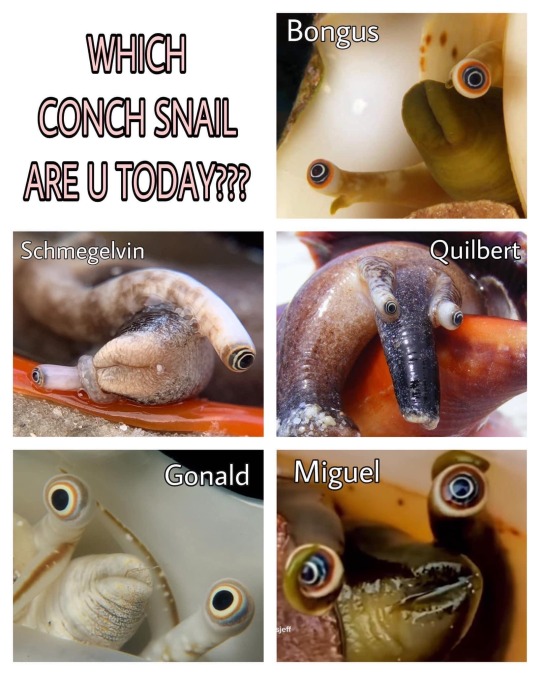
Felling a bit Bongus today.
4K notes
·
View notes
Text
🤍💕 Dirona albolineata 💕🤍


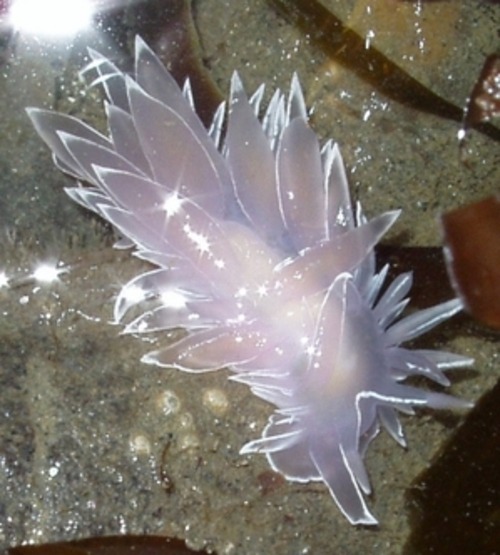


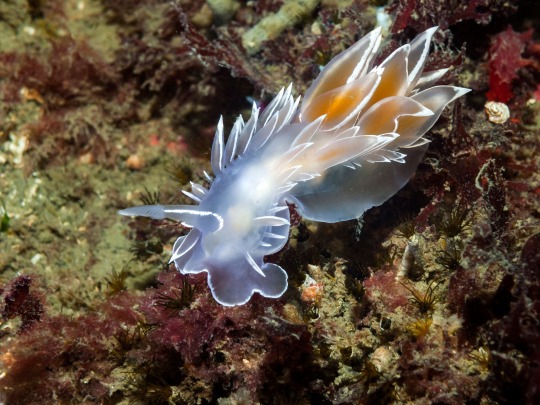
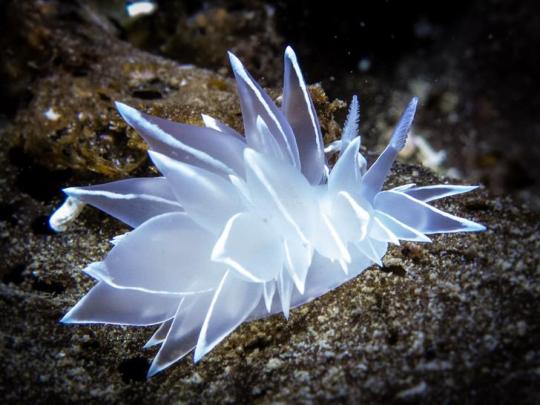
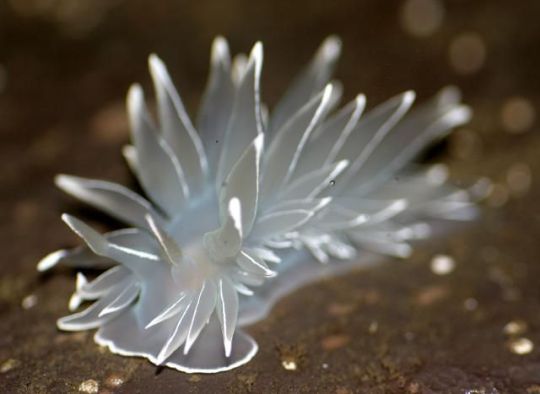
#The prettiest nudibranch <3#sea slugs#nudibranch#white-lined Dirona#Dirona albolineata#alabaster nudibranch#sea slug#marine life#THE MANY BENEFITS TO BEING A MARINE BIOLOGIST#gastropods#mollusk#molluscs#creature#invertebrates#pretty#animals#nature#ocean life#Pictures are not mine they are from google images#Unfortunately I could not say exactly who first uploaded them to the internet
323 notes
·
View notes